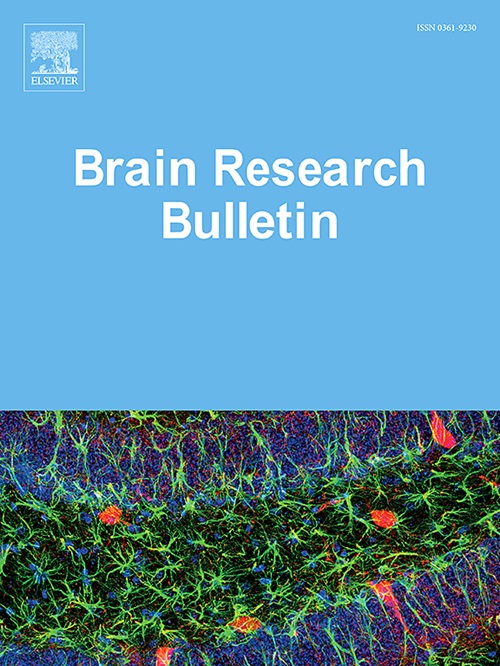基于外泌体的多发性硬化症治疗平台
IF 3.5
3区 医学
Q2 NEUROSCIENCES
引用次数: 0
摘要
多发性硬化症(MS)是一种以中枢神经系统(CNS)炎症和脱髓鞘为特征的慢性自身免疫性疾病。由于血脑屏障和进入受影响区域的限制,治疗药物有效递送到中枢神经系统仍然是MS治疗中的一个重要障碍。基于外泌体的药物递送系统已经成为ms靶向治疗的一个有吸引力的选择。外泌体是源自各种细胞类型的小细胞外囊泡,具有独特的生物学特性,使其成为将治疗货物运送到中枢神经系统特定细胞群的理想纳米载体。在这项研究中,我们全面概述了基于外泌体的MS药物递送系统的当前进展和未来前景,讨论了外泌体的生物发生,货物装载策略,增强其靶向能力的工程方法,以及外泌体介导的药物递送在MS治疗中的潜在临床应用。此外,我们探索临床前研究和动物模型,证明基于外泌体的药物递送在改善MS病理方面的有效性。通过强调利用外泌体作为药物递送载体的挑战和机遇,本综述旨在为MS纳米医学领域不断增长的知识体系做出贡献。考虑到基于外泌体的药物递送系统在提高治疗的可及性、特异性和有效性同时最小化脱靶效应的潜力,可能会改变MS的治疗方案。本文章由计算机程序翻译,如有差异,请以英文原文为准。
Exosome-based platforms for treatment of multiple sclerosis
Multiple sclerosis (MS) is a chronic autoimmune illness characterized by inflammation and demyelination of the central nervous system (CNS). The effective delivery of therapeutic agents to the CNS continues to be an important barrier in MS treatment due to the blood-brain barrier and limited access to the affected areas. Exosome-based drug delivery systems have become an attractive option for targeted therapy in MS. Exosomes, small extracellular vesicles derived from various cell types, possess unique biological properties that make them ideal nanocarriers for delivering therapeutic cargo to specific cell populations in the CNS. In this study, we supply a comprehensive overview of the current advances and future perspectives of exosome-based drug delivery systems for MS. We discuss the biogenesis of exosomes, strategies for cargo loading, engineering approaches to enhance their targeting capabilities, and the potential clinical applications of exosome-mediated drug delivery in MS therapy. Additionally, we explore preclinical studies and animal models that demonstrate the effectiveness of exosome-based drug delivery in ameliorating MS pathology. By highlighting the challenges and opportunities in utilizing exosomes as drug delivery vehicles, this review aims to contribute to the growing body of knowledge in the field of nanomedicine for MS. Considering the potential of exosome-based drug delivery systems to enhance the accessibility, specificity, and effectiveness of therapies while minimizing off-target effects might change the therapeutic scenario for MS.
求助全文
通过发布文献求助,成功后即可免费获取论文全文。
去求助
来源期刊

Brain Research Bulletin
医学-神经科学
CiteScore
6.90
自引率
2.60%
发文量
253
审稿时长
67 days
期刊介绍:
The Brain Research Bulletin (BRB) aims to publish novel work that advances our knowledge of molecular and cellular mechanisms that underlie neural network properties associated with behavior, cognition and other brain functions during neurodevelopment and in the adult. Although clinical research is out of the Journal''s scope, the BRB also aims to publish translation research that provides insight into biological mechanisms and processes associated with neurodegeneration mechanisms, neurological diseases and neuropsychiatric disorders. The Journal is especially interested in research using novel methodologies, such as optogenetics, multielectrode array recordings and life imaging in wild-type and genetically-modified animal models, with the goal to advance our understanding of how neurons, glia and networks function in vivo.
 求助内容:
求助内容: 应助结果提醒方式:
应助结果提醒方式:


